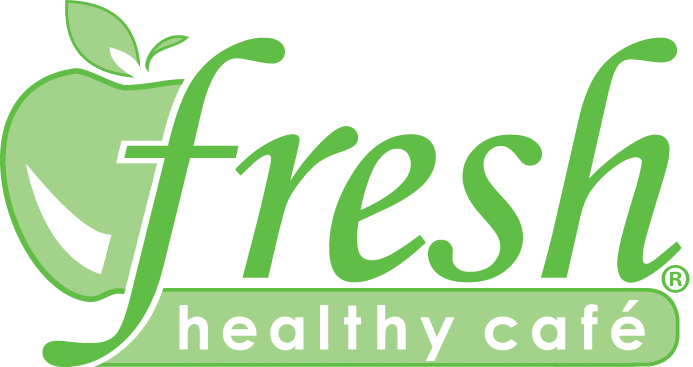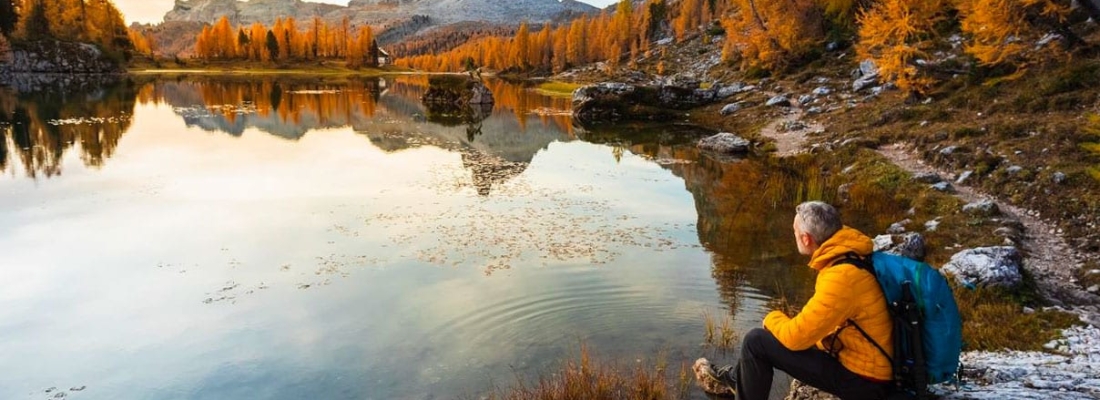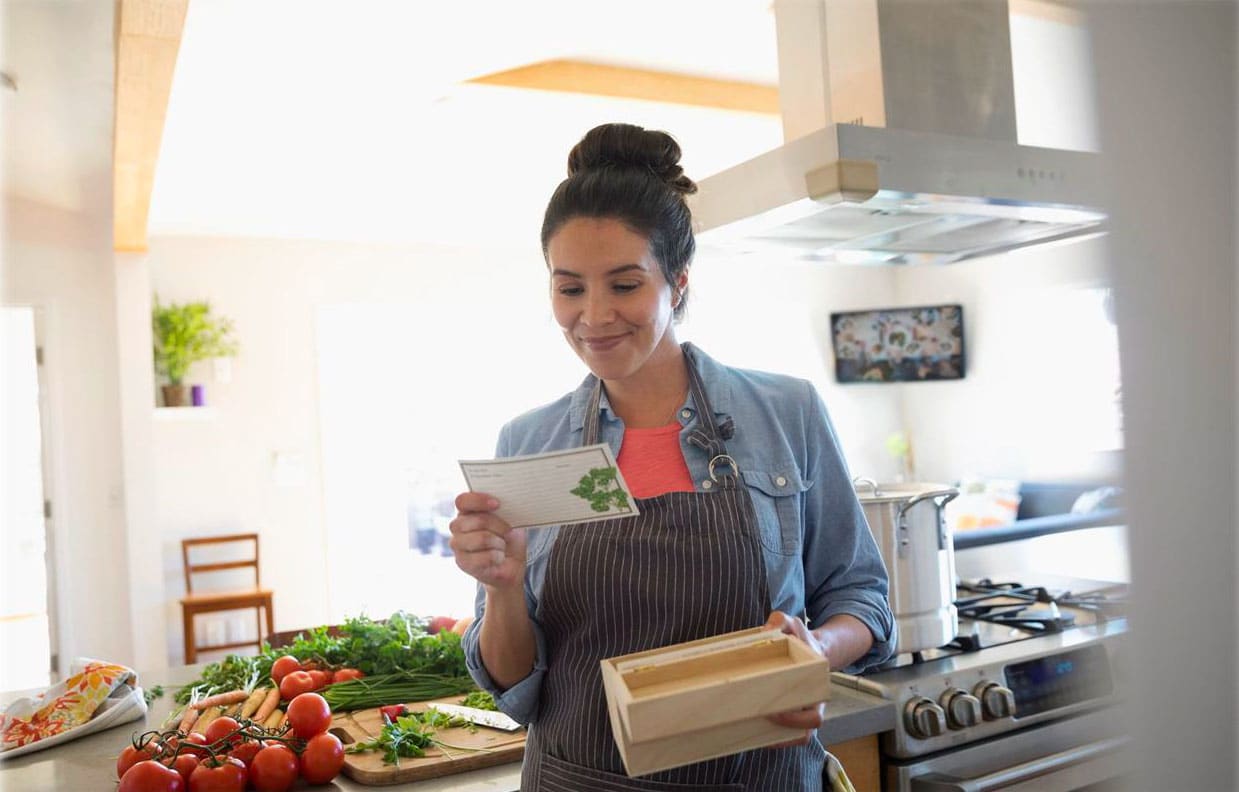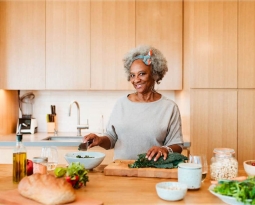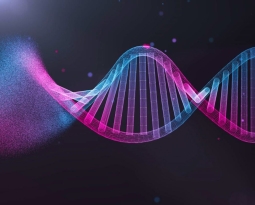
We know that people who are obese have stronger bones. Why? Because they’re weight-lifting more pounds all day, every day. If you walked around with a 50-pound backpack every day, your bones would grow stronger, too. That’s how you build strong bones: through weight-bearing exercise. Vegetarians, and especially vegans, have such low rates of obesity that they can have lower bone density. In fact, everyone who is skinny is at risk, so all persons in a low body weight category no matter what their diet should be monitored for osteoporosis and everyone, all weight, should do weight-bearing exercises like walking or climbing stairs. Have a terrific Tuesday, get your bone density checked and walk every day!
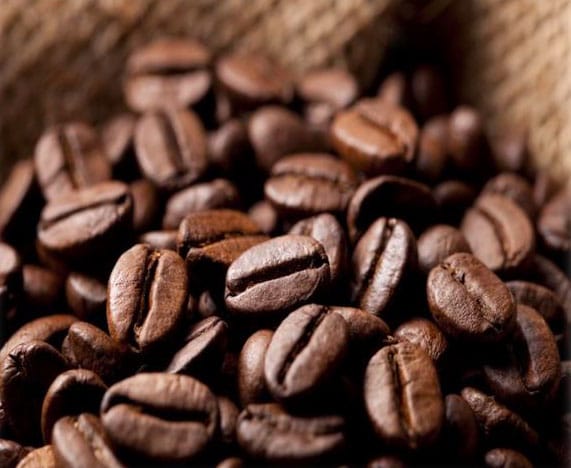
The addition of milk in recent studies was shown to block the protective effects of tea on artery function, meaning drink tea and you get a significant improvement in vascular function within hours, add milk and you completely stop the good effects of tea. There’s a big boost in artery function when drinking tea, but drink the same amount of tea with milk, and it’s like you never drank the tea at all. They think it’s the casein to blame—one of the milk proteins – binding up the tea phytonutrients. And it holds true for the beneficial compounds in coffee: drink it black and you get twice the benefit. Can’t bear to drink it black? Use soy or almond milk – it doesn’t block those great nutrients! The same concept holds true for chocolate: eat milk chocolate, and nothing much happens to the antioxidant power of your bloodstream, but eat dark chocolate, and we get a nice spike within an hour of consumption. Live longer and live stronger by avoiding dairy and have a super healthy day!
Fix it Friday is here and we are fixing Pierce’s Red Lentil Soup from The Engine 2 Cookbook – delicious!
Instructions:
- In a deep pot, cook 1 large, diced onion, 5 chopped carrots, 5 chopped celery stalks and 5 cups of vegetable broth.
- In a small bowl, combine 1 minced clove of garlic, 1 tsp turmeric, 1 tsp ground coriander 1/2 tsp ground cumin, and 1/2 tsp chili powder.
- Add the spice mixture to the pot, stir it well and add 1 cup of dry red lentils and a bay leaf. Reduce the heat and when the lentils are done, remove the bay leaf.
It’s a great soup to freeze for later! Have a fabulous Fix It Friday everyone!
And here’s from LAST year!
Bone and Joint Health Week is in October and there are lots of things we can do to help our bones and joints, not only through nutrition but through movement and exercise. Here’s a list of the best foods for joint health and to fight arthritis. They are SO loaded with nutrients and the best part is they stave off inflammation: Here they are:
- cherries
- turmeric
- red peppers
- nuts
- chia seeds
- greens
- berries
- red apples
- garlic
- onions
- basil
- olive oil
- ginger
- soy
So, on this marvelous Meatless Monday, load up with these great foods to strengthen your bones and joints!
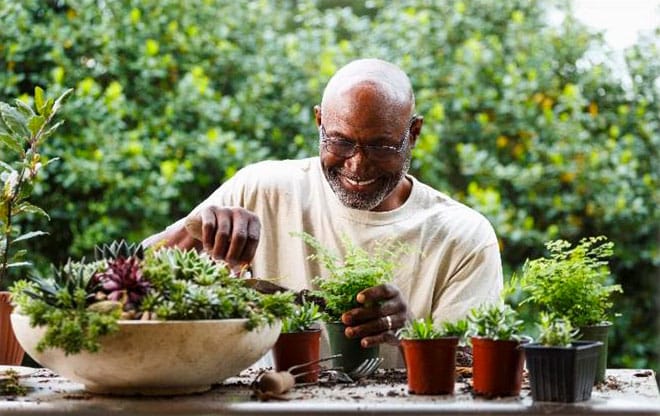
Yesterday we talked about the importance of NON exercise activity and it’s evident that small movements throughout the day add up, and the end effect is an increased metabolic rate. Americans spend a whopping 9 to 10 hours per day sitting – the longest ever in our history – and moving around more often makes a difference on inflammation, triglyceride levels, and blood sugar levels. If we sit less and move more, we will live longer for lots of reasons! As you can guess, people in the Blue Zones, those areas where they live the longest and best, have higher levels of NEAT – this non-exercise movement. They garden, do chores themselves, and walk much more than we do. Have a wonderful Wednesday everyone!
Higher NEAT levels – that non-exercise activity that helps us live longer and better – can be achieved in many ways. Using a standing desk will lower blood pressure, back pain, and blood sugar. Taking a walk after each meal, walking, or riding a bicycle rather than driving, moving while watching TV, taking the stairs, walking while you’re on the phone, setting your phone alarm for stretching and standing every hour, and adding more walking or hiking time into your weekends can boost your NEAT scores, and more importantly, your health.
As it turns out, outdoor workouts may be better for us than indoor ones, and they have taken off during the pandemic, which is a good thing! Not only do you get the benefits of exercise, but the benefits of being outside adds better mental health, fresh air, sunshine, lower heart rates and blood pressure, and lower cortisol levels. Sunlight itself is healing and being outside costs nothing with many times no special tools are needed – so it’s easy and takes little time to get ready. And we mentioned better mental health… Being outdoors improves our positivity, self-esteem, and mood and it helps reduce negative feelings of tension, anger and depression. SO have an outdoor fantastic Friday everyone!
References: The Blue Zones by Dan Buettner
